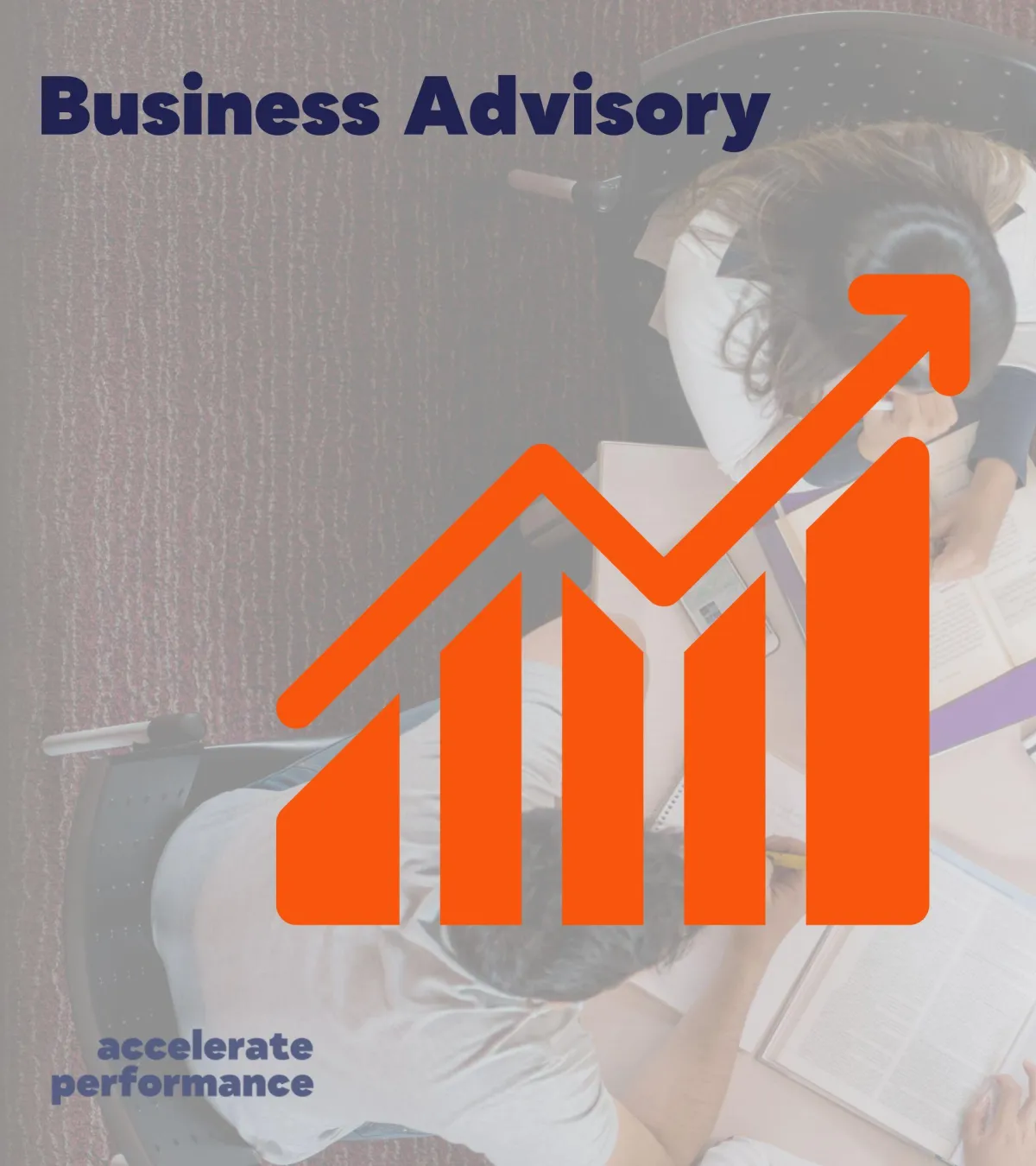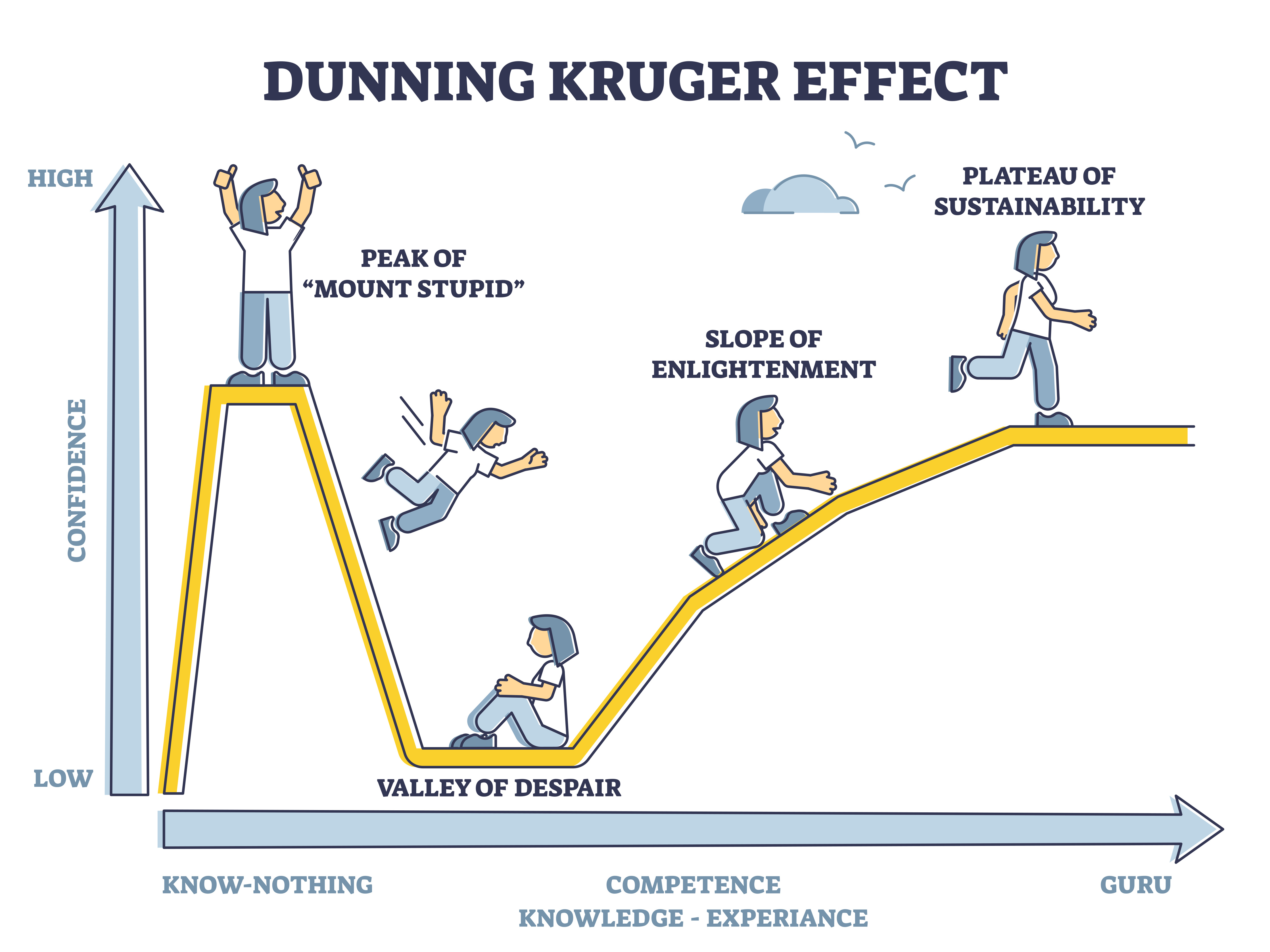We’ve Got You Covered

Lead Generation
Social media Ads, Google ads or totally free lead gen strategies; we have the tried & proven know-how to get you qualified leads that convert.

Social Media Management
Managing your socials doesn't have to be overwhelming. Save time on scheduling content and responding to comments and messages.

Content Creation
Whether you need blog posts, website copy, or social media updates, we can help you stand out from the pack and attract more customers.

Sales Funnels
We specialise in creating a custom funnels that fits your unique needs and helps you convert more leads into customers.

Reputation Management
With our Review Request System™, we can help you build a positive online presence and ensure that your customers see you as the best option.

SMS Marketing
Incredibly effective way to reach new customers, increase loyalty among current customers, and drive more sales at low cost. When done right.

Website Development
We'll work with you to create a website that reflects your unique brand and that will help you stand out from the competition.

Email Marketing
We'll help you create eye-catching emails that will grab your readers' attention, and turn it into action in form of more replies and sales.
Business Advisory Services for Technology Companies
Unlock the advantage of working with an experienced Business Advisor.

With advisors who have over 28 years of experience as Chief Growth Officers, Sales Directors, Chief Marketing Officers, and Strategy Leaders, Accelerate Performance helps technology businesses achieve hyper-growth.
Our business advisory services focus on the three areas most critical to scaling success: sales, growth strategy, and marketing.
Unlike traditional consultants, Ralph has led growth from the inside — building scalable sales engines, aligning go-to-market teams, and driving measurable results for fast-moving tech companies.
Advisory support is practical, strategic, and designed to accelerate your revenue trajectory.
Sales Advisory for Technology Companies
As a sales strategy consultants, Accelerate Performance works with technology companies to:
- Build repeatable, scalable sales processes.
- Strengthen pipeline management and forecasting for predictable revenue.
- Mentor and develop high-performing sales teams.
- Shorten sales cycles and increase win rates against enterprise competitors.
Growth Strategy Advisory
Technology businesses face unique scaling challenges — from market timing to investor demands. Accelerate Performance's growth advisory services help you:
- Define and execute strategies for hyper growth.
- Align product, marketing, and sales for maximum impact.
- Identify untapped revenue streams and international expansion opportunities.
- Apply proven GTM (go-to-market) playbooks designed for tech scale-ups.
Marketing Advisory for Tech Companies
As a technology marketing consultants, Accelerate Performance helps businesses:
- Create demand generation strategies that drive qualified leads.
- Optimise marketing channels for the highest ROI.
- Build brand authority that resonates with target buyers.
- Align marketing and sales to eliminate wasted spend.
Why Choose My Business Advisory Services?
Accelerate Performance brings board-level expertise combined with hands-on execution experience. Having scaled technology businesses under investor pressure, we understand the realities of growth and competition.
With our business growth advisory for technology companies, you’ll gain:
- Proven frameworks to accelerate revenue and reduce acquisition costs.
- Strategic clarity to make better decisions faster.
- Actionable execution support, not just high-level theory.
The result? Technology companies achieve faster, more sustainable growth — with stronger sales, smarter marketing, and predictable revenue.
Business Advisory for Technology Companies
Sales Strategy Consultant for Tech Businesses
Technology Marketing Advisor
Growth Advisory Services for Scale-Ups
Ready to accelerate your growth? Contact us to discuss how our sales, growth, and marketing advisory services can unlock scale for your technology company.

Smart Leaders Make Stupid Decisions Every Single Day | Accelerate Performance
Smart people make stupid decisions. I've made a few (actually, more than a few, but don’t tell anyone!), although they didn’t seem that stupid at the time. It’s only with hindsight, and now that I know there are these things called cognitive biases, that I can see it.
It’s not just me, either. You have made some howlers, too. Trust me, we all have. Because we’re human.
The problem isn't intelligence. It's how we think.
Your brain evolved to keep you alive, not to make optimal business decisions. It takes shortcuts. It fills gaps with assumptions. It protects you from information that contradicts what you already believe.
These shortcuts are called cognitive biases. They're systematic patterns of thinking that lead to predictably irrational decisions.
And they're costing you more than you realise.
Research shows that 43 biases specifically affect managers' decision-making. These aren't occasional errors. They're consistent thinking traps that create great damage and costs to organisations.
The good news? Once you understand how these biases work, you can neutralise them.
I've spent nearly three decades in executive roles, watching talented leaders fall into the same thinking traps repeatedly. The patterns are predictable. The solutions are practical.
Here's how to recognise and counter twelve of the most destructive cognitive biases affecting leadership decisions.
1. The Dunning-Kruger Effect: When Confidence Outpaces Competence
You've met this person. They've been in the role for six months and already know better than everyone who came before them.
The trap is simple. People with limited knowledge or skill in a domain dramatically overestimate their competence. They lack the expertise to recognise their own incompetence.
The mechanism works both ways. Novices overestimate their ability. Experts underestimate their own, assuming tasks that feel easy to them are equally easy for others.
In leadership contexts, this creates dangerous dynamics. New managers make bold decisions without understanding consequences. Experienced leaders fail to provide adequate support, assuming their teams possess knowledge they don't.
The counter: Ask yourself what you don't know. Before making decisions in unfamiliar domains, identify three things you're uncertain about. Seek expertise. Test assumptions. Measure actual performance against predicted performance.
When you're the expert, don't assume knowledge transfer happens automatically. Break down what feels obvious to you. Check understanding explicitly.
2. The Sunk Cost Fallacy: Throwing Good Money After Bad
You've invested two years and £500,000 into a project. Every indicator shows it's failing. But you keep funding it because you've already invested so much.
The trap is emotional. We continue investing in failing ventures because we've already committed resources. The past investment feels like it would be "wasted" if we stop now.
But sunk costs are already gone. They shouldn't influence future decisions. The only relevant question is whether future investment will generate returns.
I've watched organisations pour millions into failing initiatives simply because they couldn't accept the loss. The result? Larger losses.
The counter: Evaluate decisions based solely on future value. Ask: "If I were starting fresh today with no prior investment, would I fund this?" If the answer is no, stop. The money is already spent. Don't compound the loss.
3. Confirmation Bias: Seeing Only What You Want to See
You believe your strategy is working. You notice every data point that supports this belief. You dismiss contradictory evidence as outliers or anomalies.
Confirmation bias is perhaps the most pervasive cognitive trap in business. We unconsciously seek information that confirms our existing beliefs whilst ignoring or discounting evidence that challenges them.
The mechanism is subtle. Your brain literally filters perception. You notice confirming evidence more readily. You remember it more clearly. You weight it more heavily in decisions.
This creates dangerous feedback loops. Bad strategies persist because leaders see only supporting evidence. Warning signs go unnoticed until crisis hits.
The counter: Actively seek counter evidence. Ask: "What would prove me wrong?" Assign someone to argue the opposite position. Create systems that surface contradictory data. Make it safe to challenge prevailing assumptions.
McKinsey research demonstrates that companies tackling decision-making biases can boost their ROI by 7%. For critical decisions, high-quality debate that combats bias leads to outcomes 2.3 times more likely to succeed.
The impact is measurable. The solution is cultural.
4. The Planning Fallacy: Underestimating Everything
Your team says the project will take three months. You believe them. It takes five months. You're surprised.
The planning fallacy describes our consistent tendency to underestimate time, costs, and risks whilst overestimating benefits. Research shows we underestimate task completion time by an average of 40%.
The mechanism involves optimism bias and inside-view thinking. We focus on our specific plan, assuming everything will go smoothly. We ignore base rates, showing how similar projects actually performed.
This creates chronic underdelivery. Deadlines slip. Budgets overflow. Stakeholder confidence erodes.
The counter: Use reference class forecasting. Look at how long similar projects actually took. Add buffer time based on historical data, not optimistic assumptions. Break significant estimates into smaller components. Track actual versus estimated performance to calibrate future predictions.
5. Outcome Bias: Judging Decisions by Results
Your competitor launched a risky product that succeeded. You conclude they made a brilliant decision.
But good outcomes don't always indicate good decisions. Bad outcomes don't always indicate bad decisions. Luck plays a role.
Outcome bias causes us to judge decision quality based on results rather than the decision process. This creates perverse incentives and poor learning.
A well-reasoned decision with 70% success probability that fails wasn't necessarily wrong. A reckless decision that succeeds through luck wasn't necessarily right.
The counter: Evaluate decisions based on the information available when the decision was made. Ask: "Was this a sound decision given what we knew then?" Separate process from outcome in post-mortems. Reward good decision-making processes, not just lucky results.
6. The Availability Heuristic: Mistaking Memorable for Probable
A competitor suffers a data breach. Suddenly, you're convinced your security is inadequate, despite no evidence of vulnerability.
The availability heuristic causes us to overestimate the likelihood of events we can easily recall. Vivid, recent, or emotionally charged events feel more probable than they actually are.
The mechanism is simple. Your brain uses ease of recall as a proxy for frequency. If you can think of examples easily, you assume they're common.
This distorts risk assessment. Dramatic but rare events receive disproportionate attention. Common but mundane risks get ignored.
The counter: Base risk assessment on actual frequency data, not memorable examples. When you feel strong concern about a risk, check whether recent news or vivid examples are driving your perception. Look at base rates. What does the data actually show?
7. Groupthink: Consensus at the Cost of Truth
Your leadership team agrees on the strategy. No one voices concerns. Everyone nods. You feel confident.
You should feel worried.
Groupthink occurs when desire for harmony and consensus suppresses dissent and critical evaluation. Teams prioritise agreement over accuracy.
The consequences can be catastrophic. Swissair's collapse in 2001, once known as the "Flying Bank." BlackBerry's failure to respond to the iPhone despite being market leader. Blockbuster passing on the opportunity to purchase Netflix.
In each case, groupthink prevented companies from adapting to changing circumstances. Dissenting views were suppressed. Alternative perspectives went unheard. Consensus felt comfortable until it proved catastrophic.
The counter: Actively cultivate dissent. Assign a devil's advocate role in important meetings. Create anonymous feedback channels. Reward people who challenge prevailing views. Make disagreement not just safe but expected.
8. The Fundamental Attribution Error: Character Over Context
Your colleague misses a deadline. You think: "They're disorganised and unreliable."
You miss a deadline. You think: "I had too much on my plate and unexpected issues arose."
The fundamental attribution error describes our tendency to attribute others' failures to character flaws whilst attributing our own failures to circumstances. We do the opposite for success.
This creates toxic team dynamics. We judge others harshly whilst excusing ourselves. We fail to recognise systemic issues that affect performance.
The counter: When someone underperforms, ask about context first. What obstacles did they face? What resources were missing? What systemic issues contributed? Apply the same generosity to others that you apply to yourself.
9. Anchoring Bias: The First Number Wins
A candidate asks for £120,000. You were planning to offer £90,000. You negotiate to £105,000, feeling you got a good deal.
But you didn't. The candidate anchored you to their number. Without that anchor, you might have settled at £95,000.
Anchoring bias causes initial information to disproportionately influence subsequent judgements. The first number mentioned in a negotiation, the first price shown, the first estimate given becomes a reference point that skews all following assessments.
The mechanism is powerful and largely unconscious. Even when we know we're being anchored, the effect persists.
The counter: Set your target before any negotiation. Write it down. Research fair market value independently. When you encounter an anchor, consciously reset by considering the full range of possible values. Make the first offer when possible to set the anchor yourself.
10. The Halo Effect: One Good Trait Colours Everything
Your new hire has an impressive CV. You assume they'll excel at everything. You overlook warning signs in their first months because their credentials are strong.
The halo effect causes one positive characteristic to colour our perception of all other characteristics. Attractive people are perceived as more competent. Articulate speakers are assumed to be more intelligent. Prestigious backgrounds suggest universal capability.
This creates blind spots in hiring, promotion, and performance evaluation. We see what we expect rather than what exists.
The counter: Evaluate different dimensions independently. Assess communication, technical, and leadership skills separately. Use structured interviews with specific criteria. Gather multiple perspectives. Don't let one strong trait override all other considerations.
11. The Recency Effect: What Happened Last Matters Most
Your team performed exceptionally last quarter. You're confident about their capability. You overlook the fact that the previous six quarters were mediocre.
The recency effect causes recent information to disproportionately influence judgement. We weight what happened last more heavily than overall patterns.
This distorts performance evaluation, trend analysis, and forecasting. A single strong result creates unwarranted optimism. A single weak result creates excessive pessimism.
The counter: Look at longer time horizons. When evaluating performance, review the full history, not just recent results. Weight data appropriately. One quarter doesn't define a trend. Don't let recency override pattern recognition.
12. The Curse of Knowledge: Experts Who Can't Explain
You understand your business model intimately. You explain it to investors in three minutes. They look confused. You're frustrated because it seems obvious.
The curse of knowledge describes the difficulty experts face in imagining what it's like not to know something they know. Once you understand something, you can't easily recreate the perspective of not understanding it.
This creates communication breakdowns. Leaders assume their teams understand strategy. Experts create documentation that makes sense only to other experts. Knowledge transfer fails.
The counter: Test understanding explicitly. Ask people to explain concepts back to you. Use analogies and examples. Break complex ideas into components. Remember that what feels obvious to you required years to learn. Don't skip steps.
Building Your Counter-System
Recognising these thinking traps is necessary but insufficient. You need a systematic approach to prevent them from influencing critical decisions.
Recent research on debiasing interventions shows that in organisational contexts where individual autonomy is valued, the most effective approach equips people with cognitive tools to identify and mitigate biases independently rather than imposing external controls.
This aligns precisely with how effective executive coaching works. You don't need someone to make decisions for you. You need frameworks that help you recognise when your thinking has been compromised.
Here's the systematic approach I use with executives:
Pre-decision audit: Before any significant decision, explicitly identify which cognitive biases are most likely to affect this particular choice. If it's a hiring decision, you're vulnerable to confirmation bias and the halo effect. If it's about continuing an underperforming initiative, watch for sunk cost fallacy.
Forced perspective shifts: Deliberately adopt different viewpoints. What would your strongest competitor do? What would someone with no history in this organisation recommend? What would you advise a friend in this situation?
Evidence hierarchy: Rank your supporting evidence by quality. Separate data you actively sought to challenge your hypothesis from data that conveniently supports it. Weight them accordingly.
Time delay for major decisions: When possible, make the decision, then wait 24 hours before implementing it. Your brain continues processing during that time, often surfacing concerns your initial analysis missed.
Collective calibration: Engage your team in structured debate, not consensus-building. The goal isn't agreement. It's rigorous examination of the decision from multiple angles.
The organisations that consistently outperform their competitors aren't led by people with superior intelligence or better information. They're led by people with better decision-making processes.
They've built systems that counter their brain's tendency to take shortcuts.
The Real Work Starts Now
Understanding cognitive biases is interesting. Interrupting them before they damage your decisions is valuable.
You've now got the frameworks. The question is whether you'll implement them.
I've spent nearly three decades in executive roles, leading sales, marketing, and growth in technology companies. I've made brilliant decisions and catastrophic ones. The difference wasn't intelligence or effort. It was whether I recognised when my thinking had been compromised by these systematic errors.
The executives I coach through Accelerate Performance consistently report that recognising these patterns in real-time is one of the highest-leverage skills they develop. Not because it makes them smarter, but because it makes them more accurate.
Your next strategic decision is coming. Probably sooner than you think.
Will you recognise the thinking traps before you walk into them?
The choice, as always, is yours. But now you're making it with a better understanding of your brain software.

Accelerating Your Performance Every Day
Accelerate Performance is on a mission to enable people and business to achieve great things through Advisory, Coaching, Consulting, Executive Leadership Development, and Training. .
@ Copyright 2025 - Accelerate Performance
Made with ♥ In London, GB
